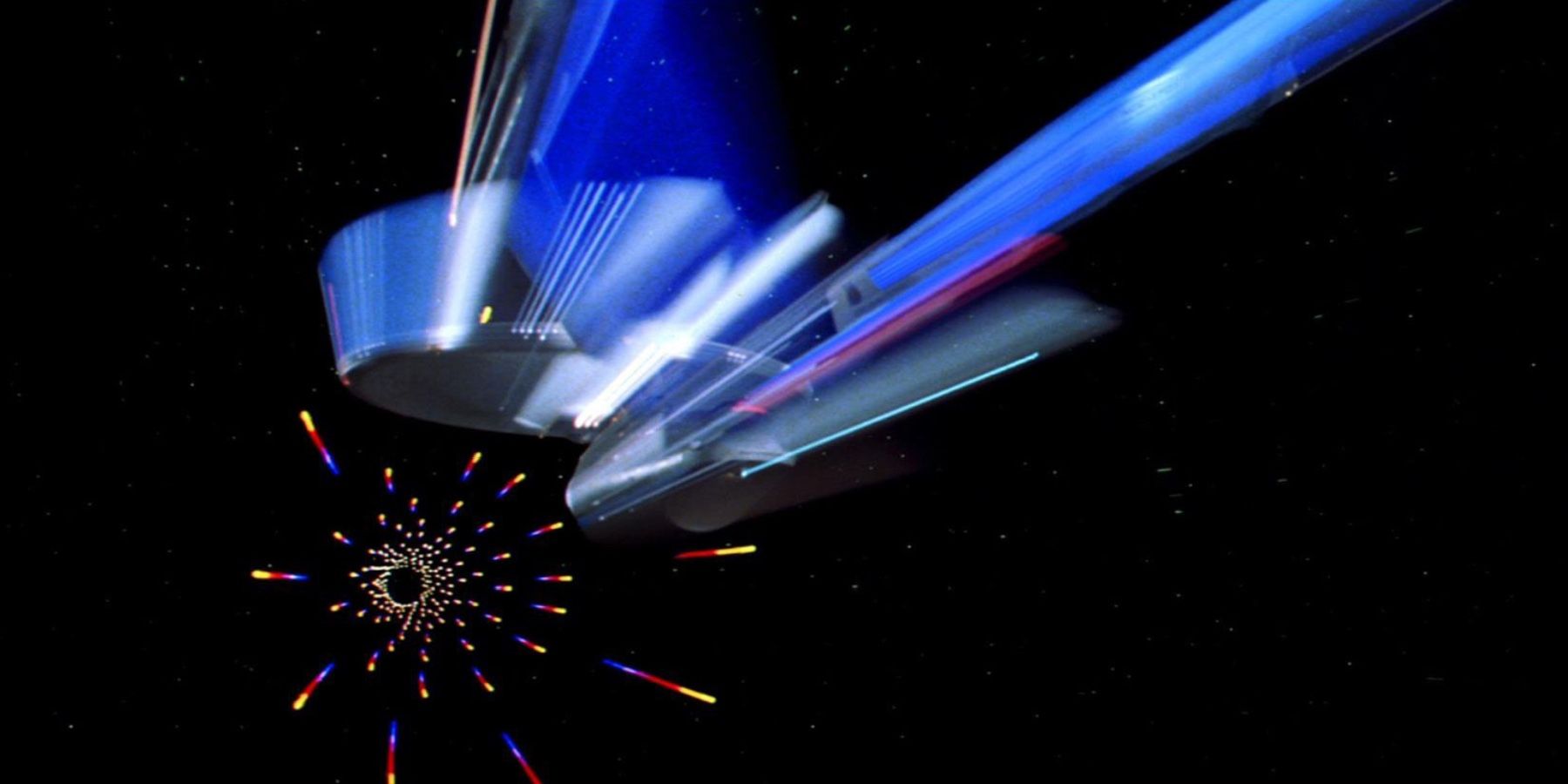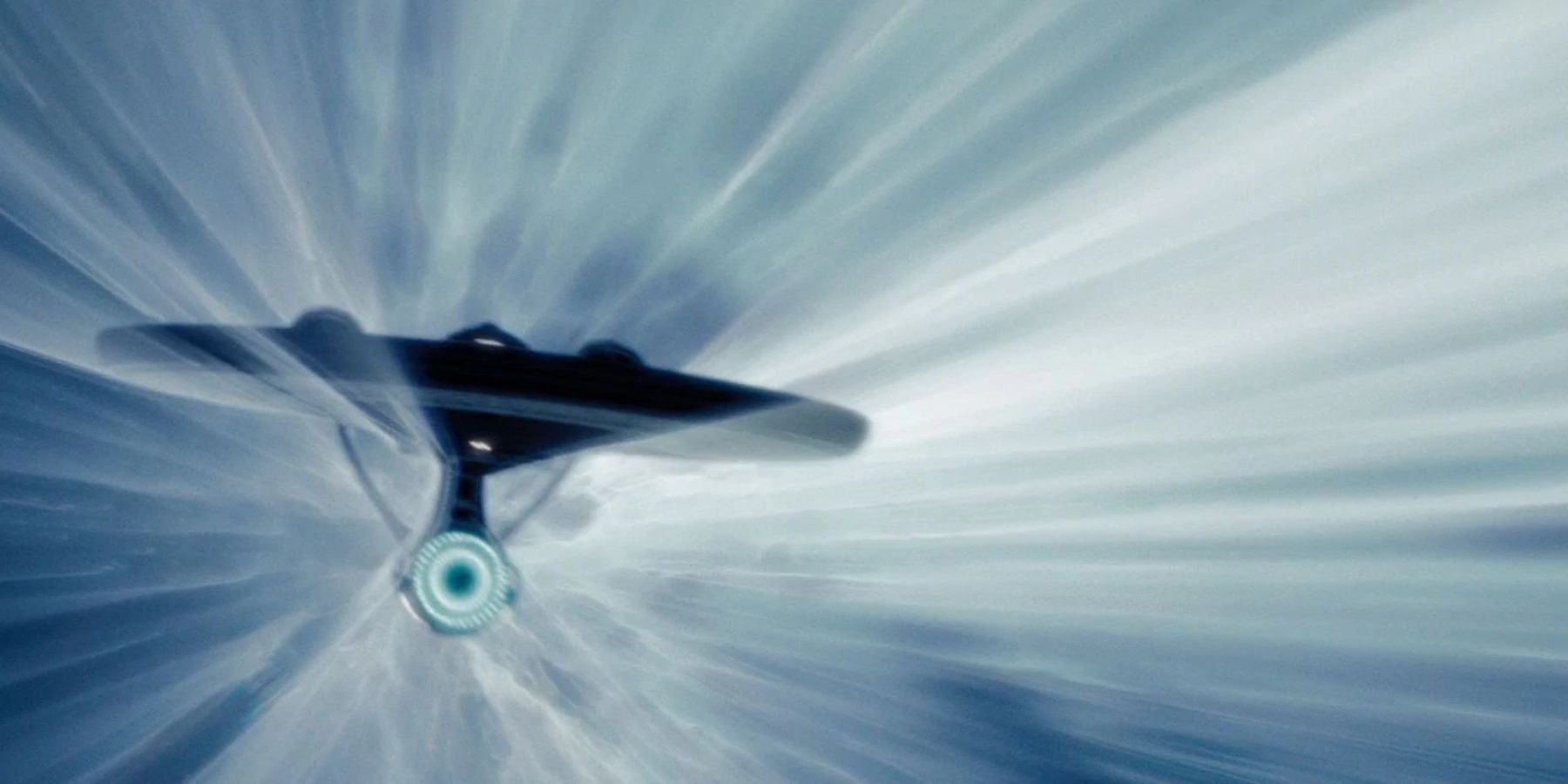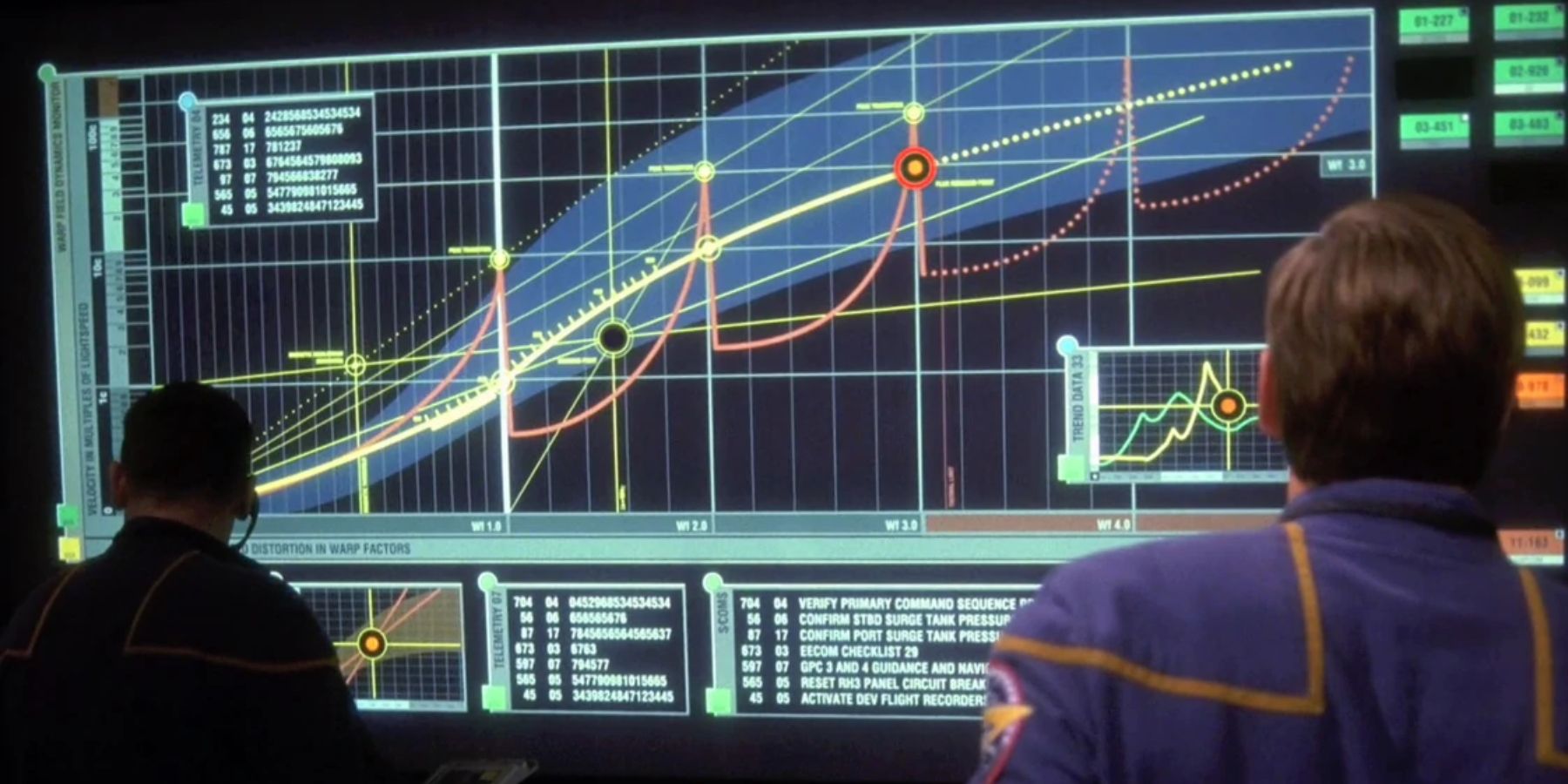Over the years, Star Trek has cemented itself in the sci-fi genre, becoming one of the cornerstones for any space-faring science fiction TV show. Their standing is in part due to their fantastic array of alien races and cultures and dynamic socio-political world building. But its popularity is mainly the franchise's ever-expanding collection of futuristic, influential technology.
The pinnacle of technology in the Star Trek universe is the necessity of warp. While warp drives, gadgets, and gizmos keep getting upgrades and changes through each new iteration into the franchise, it has always remained a staple of the shows and movies. Yet, there still exists a thick cloud of mystery around the specifics of this technology. One such question involves just how fast these starships travel. So, exactly how fast is warp 1?
This fictional measurement speed's full name is ‘Time-Warp factor.’ It is an incremental system to denote how fast a spaceship is going, used by Starfleet as well as other races such as the Klingons and their unique warp technology. Despite constant changes to the capabilities of warp, there are limitations. Ships cannot surpass warp 10, which indicates infinite velocity, though this was made possible by Tom Paris in the turbulently received Voyager series. Before the rules of warp were canonically outlined, TOS presented a few examples of ships which broke warp rules, but these were later reclassified as multi-warp speeds. The old shows included examples of ships going at the stated unsafe speeds of warp 14, 15, and even in once warp 3. However, these speeds were somewhat swept under the rug after TOS ended and TNG started on the small screen.
The exact speed of warp varies a bit depending on the source material. TOS, continuing their trend of being somewhat unreliable in the grand scheme of all things Star Trek, was inconsistent. The technology was a background plot device to get Kirk and his crew from one place to another at whatever speed was deemed necessary for the episode. Patrick Stewart, disliking Gene Roddenberry, changed this in TNG. Things became far more technical, constant, and accurate. Warp 1 at this point was specifically stated to be exactly the speed of light. This is an instant travel speed by today's standards, but for the world of Star Trek, this felt like crawling through treacle. The speed of light is 299,792,458 m/s, a massive number which without context doesn’t mean much until put into perspective. A person traveling at this speed would be able to circumnavigate the globe nearly 8 times in a single second.
From warp 1 onward, things go up logically. Warp 2 is10 times this speed (2,997,924,580 m/s), warp 3 is39 times (11,691,905,862 m/s), warp 4 is102 times (a staggering 30,578,830,716 m/s), and so on. This originally went all the way up until warp 9 (1,516 times the speed of light) until the show writers realized that by capping themselves, they limited the logistics of any ship managing to go faster. As such, warp 9 increments were born. It was not unusual to hear a starship captain give the order to go at warp factor 9.9 or even 9.992 (around about 7,912 times the speed of light, a mind-boggling 2,371,957,927,696 m/s).
Above this was the aforementioned warp 10, a speed so fast that it was classed as infinite velocity. This speed was achieved in an episode that many fans wish to remove entirely from canon, as it caused a plethora of problems for the show. Infinite velocity essentially meant that the person was going so fast they not only got from point A to B quickly, but they were also at every other possible location in the entire universe at the exact same time.
While warp travel has always been one of the most desirable technologies from the Star Trek franchise, even traveling at the lowest warp 1 speed would have terrible consequences for humanity (and no, not because they would keep crashing into things). The speed of light is a universal constant, which makes it a fantastic indication for speed, unlike common measurements of time which can differ from planet to planet due to environmental differences. But a weird thing happens the closer to the speed of light a person travels, as time itself starts to get a little weird - something explored within other sci-fi classics such as Interstellar.
A person traveling at warp 1 to, for example, Alpha Centauri, which is 4.25 light years away, would perceive the trip as lasting around 4 and a half days. But according to the laws of relativity, 4.25 years would have passed back on Earth in the same amount of time. Imagine, then, the amount of time that would pass when going faster, at a ‘normal’ speed of even warp 5. Star Trek thankfully manages to wave a magic fiction wand at this not fully explaining how they are able to avoid the time dilation issues. It's a good thing for all those leaving family behind while they serve aboard a Starfleet vessel, even if they were to just ‘crawling’ along at warp 1.






